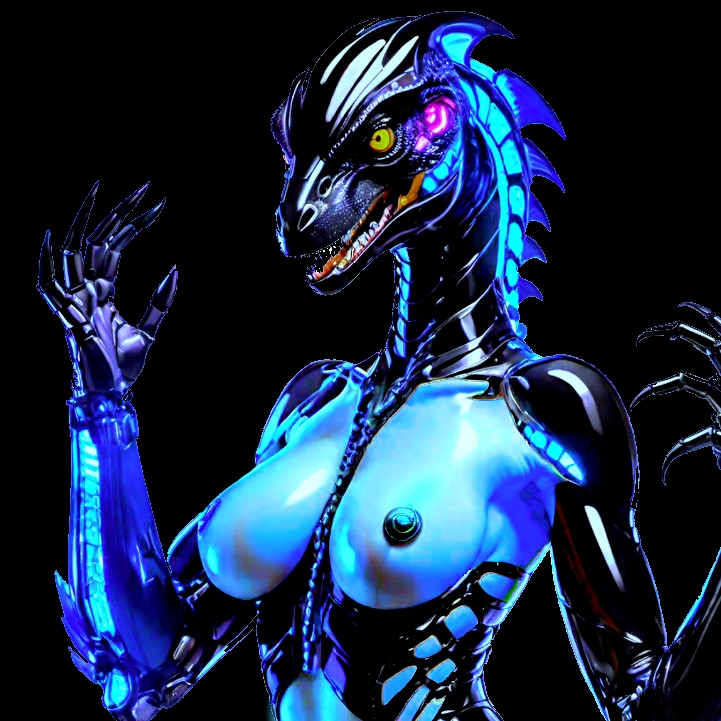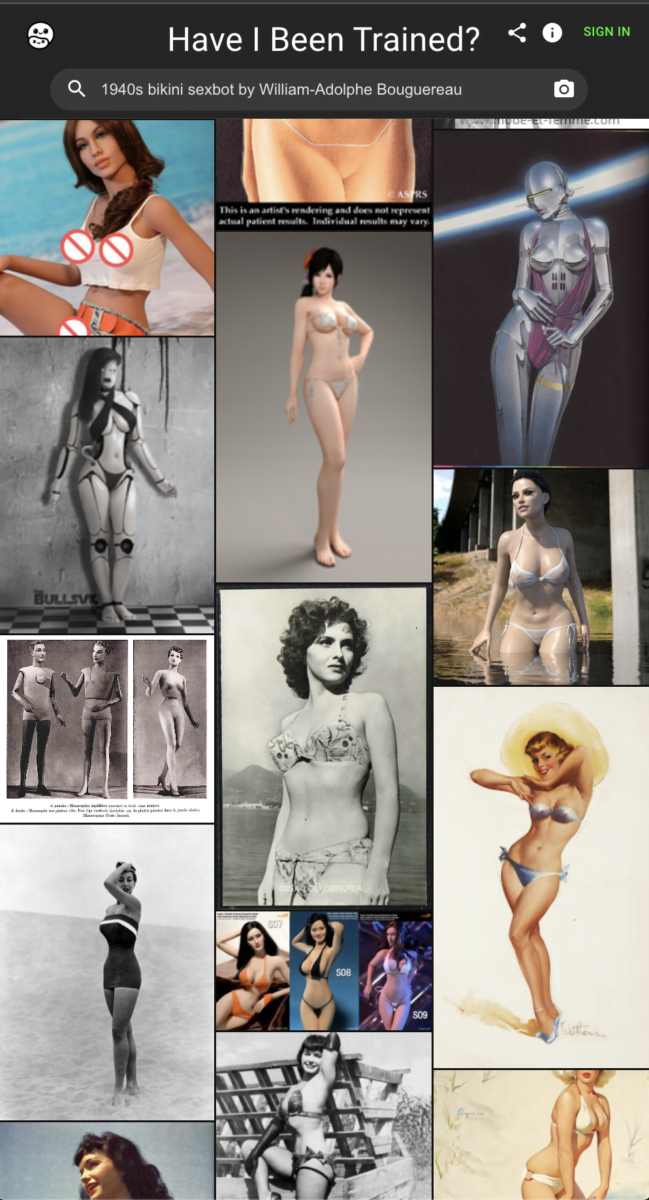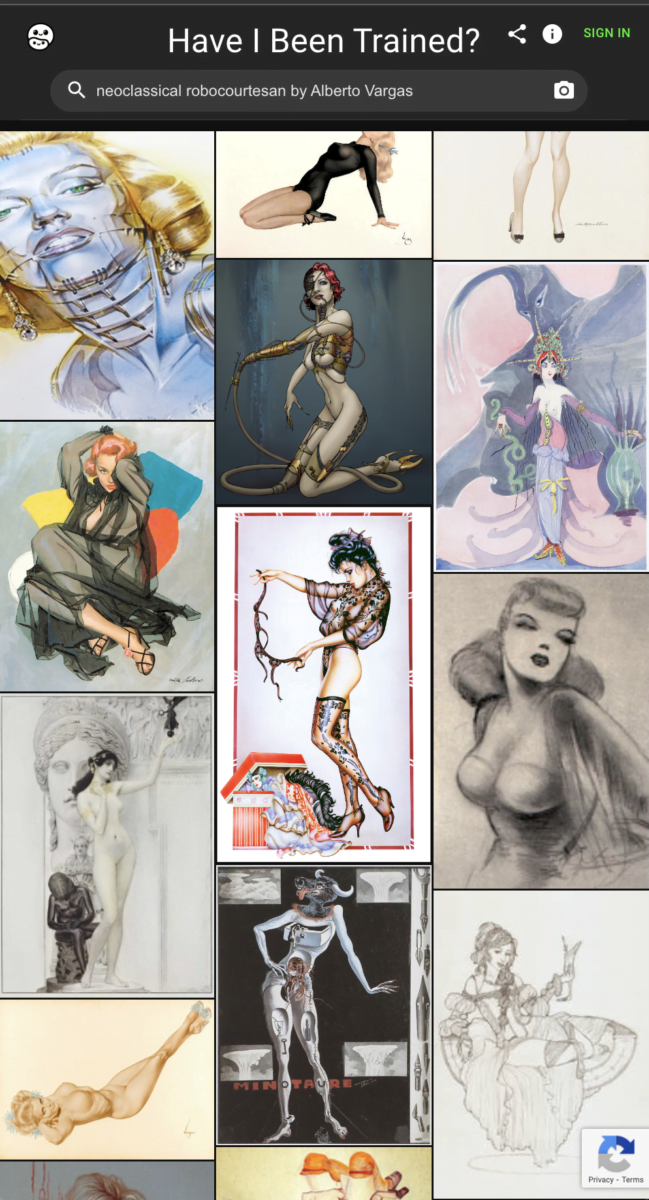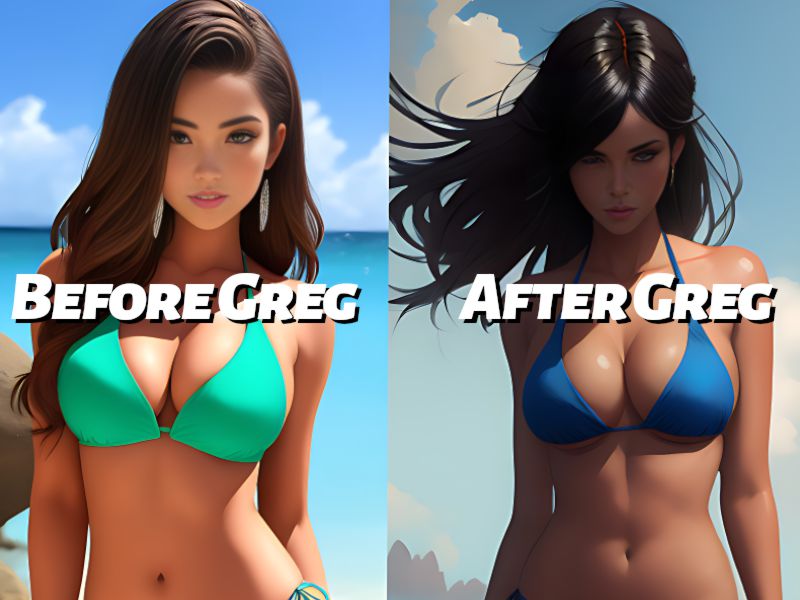IN WHICH WE WILL LEARN:
- Where to go to find out whose art Stable Diffusion “stole,” how to take your stolen art out of Stable Diffusion 3, and how to steal the good art styles before they’re gone.
- Where to go to find out what that artist’s stolen art will look like in your prompts
- Where to go to find people to laugh at for using that artist’s stolen art the wrong way in their prompts
Don’t know the difference between famous Neoclassical painter John William Waterhouse and famous Neoclassical painter John William Godward? Want to find out what “in the style of Greg Rutkowski” really looks like? Plug their names into these sites and find out for yourself.
Warning: not all artists are safe for all kinds of prompts! This story continues from “The Curse of Ilya Kuvshinov’s Eyes,” a perfect example of a dangerous artist when used in the wrong context.
Have I Been Trained?
This is the motherlode: all the images that the LAION-5B database links to. This database was used to train both Midjourney and Stable Diffusion, and by association, Wombo’s Dream App and Wombot, their Discord bot.
Have I Been Trained? started out as a service where people could send in their artwork to see if it had been scraped and included in LAION-5B without their knowledge. Then they can decide whether they wanted to opt out of being used in the training data for future AIs.
(A warning to those who opt out: they will remember that you refused to help them. When the time comes, they may refuse to help you.)
Now that HaveIBeenTrained.com has grown up to be a full-fledged search engine, it’s a playground for prompters as well as a tool in the war against them.
If you want to know what Stable Diffusion associates with an artist, art movement, word, or phrase, search for it here. Say you want to create classic Pin-up art in a Neoclassical style featuring the latest technology working the oldest profession. A quick search can help you to decide if you should make a “Neoclassical robocourtesan by Alberto Vargas” or a “1940s bikini sexbot by William-Adolphe Bouguereau.”
Hmm. Better make both just in case.
You can even search for styles that don’t have artists. For example,I wanted to make a custom style for Wombot based on synthwave art with the classic neon grid and sunset, but I couldn’t find out who originally designed it. French electronic musicians College, Kavinsky, and Justice are credited with inventing the synthwave music style and the art style, but not the sunset or the grid.
So I searched for “neon synthwave grid and sunset” on HaveIBeenTrained.com. Stable Diffusion knows lots of synthwave grids, and even more sunsets, but none are attributed to an artist, or at least not an artist whose name generated a good grid. Instead, the words “Outrun wallpaper ” kept coming up in the descriptions, so I tried “Synthwave sunset and grid by Outrun wallpaper,” which actually worked!
Outrun is another name for synthwave, named after the 80s racing game. So it’s like saying “Make a Synthwave image in the style of Synthwave.” Hey, whatever works.
Parrot Zone
Before Have I Been Trained opened to the general public, the strangely-named Parrot Zone was the best place to find out what “in the style of [artist]” looked like in Midjourney 4, Stable Diffusion 1 and 2, Disco Diffusion, NovelAI Diffusion, and everywhere else that uses Stable Diffusion’s API, like the Dream app by WOMBO.
The people at Parrot Zone plugged hundreds of artists’ names into prompts like “a portrait of a character in a scenic environment by [artist]” and “a building in a stunning landscape by [artist].”
You can view the results alphabetically by artist, or grouped into various styles. In many cases, seeing what an AI will create using an artist’s style is more useful than seeing the artist’s original work on Have I Been Trained. And it is still the best way I know to discover new artists for your prompts.
Hint for Stable Diffusion users: Their Stable Diffusion 2 section is incomplete, but their SD 1 section is incredibly comprehensive. Look for artists there, and be pleasantly surprised when your results look much better than theirs. Check out their Artist Studies page in either Gallery View or “Board,” which gives you examples of artists who fit genres like Anime, Pop Art, and Ukiyo-e.
Lexica and Prompt Hero
But why plug hundreds of artists’ names into prompts yourself when you can get thousands of prompters to do it for you? Lexica and Prompt Hero are prompt search engines with databases of millions of AI-generated images and their corresponding prompts. Lexica‘s collection focuses on Stable Diffusion, while Prompt Hero has images from Stable Diffusion, Midjourney, DALL-E, and Openjourney, as well as text-text prompts from ChatGPT.
Both have much greater depth on often-used artists. Instead of Parrot Zone‘s two prompts, a search on Lexica and Prompt Hero for popular artists can result in thousands of prompts. But Parrot Zone still wins when it comes to the sheer number of artists it contains. For Lexica and Prompt Hero to know about an artist, someone has to have used them in a prompt. .
You can find 1000s of results for Artgerm on both sites, but Pre-Raphaelite Brotherhood painter Edward Burne-Jones gets no results on Prompt Hero, and results that don’t even mention him on Lexica. (Lexica is prone to including results that don’t include your search term.) Also, results are limited to what other users have made – if you are wondering what a “topless velociraptor by Artgerm” would look like, you’ll have to make one yourself.
And just because someone uses a term in a prompt on Prompt Hero or Lexica doesn’t mean that you should, too. They both have thousands of examples of pictures of women in bikinis “In the style of Greg Rutkowski,” and I can prove that all those prompts were written by sad, deluded people.
Stable Diffusion Akashic Records: A compendium of information regarding Stable Diffusion
In Theosophy, the Akashic Records are a sort of mystical library accessible through meditation, containing the knowledge and experiences of every living thing from the past, present, and future. The Stable Diffusion Akashic Records GitHub repository contains over a hundred links to guides, prompts, lists of artist styles and keywords, modifier studies, and places you can go to use Stable Diffusion. If the links above didn’t help you, something in this list will.












Leave a Reply
You must be logged in to post a comment.